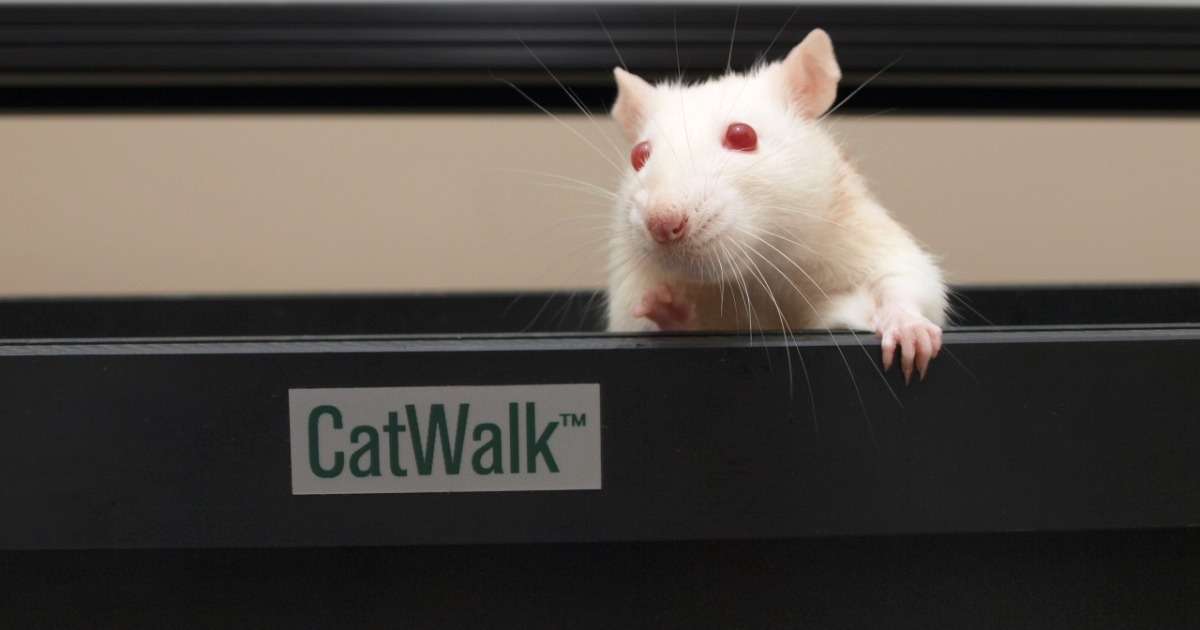Filter on
human behavior research categories

How to increase attention in commercials for Gen-Z
Generation Z has the shortest attention span for commercials, yet they are becoming an increasingly important market segment. Understanding what captures their interest and how to engage them in commercials is crucial.

How to study developmental psychology: methods, designs & tools
What should you consider when setting up a study in the field of development psychology? Read on to learn more about methods, designs & tools.

How FaceReader is validated in research
In this blog post, we'll dive deeper into the validity and different applications of FaceReader — the most robust tool for automated facial expression analysis.

Human Factors and Ergonomics research in the spotlight
We want to set the spotlight on new developments and publications in Human Factors and Ergonomics research. From maritime simulation centers to the use of video observations in human factors research.

The 5 best ways to use FaceReader: a systematic review
Facial expressions offer a rich source of information about human emotions. In this study, Elisa Landmann examines the best ways to collect, handle, and analyze FaceReader data in different areas of research.

Why you want to find out if your customers are bored
Emotions deeply influence our daily lives, shaping our moods and behaviors - including our decision making. That's why facial expression analysis is often used in consumer and behavior research.

Student facial expression analysis while watching instructional videos
Is boredom the opposite of interest? Lídia Vinczéné Fekete and her research team used FaceReader and The Observer XT to find out what makes students get bored and which elements encourage interest.

How stress and emotions can affect performance
Medical first responders need to undergo extensive trainings to maintain and enhance their skills. Malfait and her team developed a methodology to measure the management of stress and emotions.

Language development and joint engagement in children with Down syndrome
In children with Down syndrome, delays in speech and language skills are common, while early social skills are relatively strong. How are these developmental milestones related?

Psychology conferences in 2024 and 2025
Conferences are an excellent way to combine work, learning, and social interaction. To help you plan your year, we've curated a comprehensive list of international psychology conferences for 2024 and 2025.
Filter on
animal behavior research categories

Understanding phase dispersion in CatWalk XT
CatWalk XT 10.7 introduced circular graphs for phase dispersion and coupling. In this blog post we go over these parameters, and how they are calculated.

Did you know about these tips and tricks in EthoVision XT?
Whether you are a seasoned user of EthoVision XT or just starting out. There is always an opportunity to learn more about the best video tracking software available.

Did you know you can (semi) socially house tethered animals?
Socially housing tethered animals can be challenging, but also crucially beneficial to your study. Read more about how with our PhenoTyper we can solve that dilemma!

5 reasons to attend Measuring Behavior 2024
Measuring Behavior is the conference for all those interested in new methods and tools for measuring the behavior of people and animals. Have a look at all the great learning and networking opportunities you can have.

What makes Noldus special in measuring behavior?
Why do we write e-books, white papers and even this blog? What drives us in behavioral research? And why choose Noldus?

CatWalk XT gait analysis vs treadmills
In this blog post, we will discuss how the CatWalk XT method and treadmill method for gait analysis differ from each other, and what you should consider about both methods when performing gait analysis.

5 reasons that prove why a high-quality camera is essential for video tracking
In animal behavioral research, especially when we're looking at rodents and zebrafish, getting your behavioral analysis right is crucial. Top-notch camera technology therein is a must have.

The many uses of the PhenoTyper
With its new top unit, the PhenoTyper is even more versatile than before. Follow in the footsteps of those who have already added the PhenoTyper to their lab and learn all about its varied applications.

Agricultural pesticides and Parkinson's Disease: current screening procedures
Parkinson's disease, what are its symptoms? What role do environmental toxins play in its development? And why should we be critical on current toxin research methods?

The Noldus SfN 2023 recap
A quick recap of our SfN 2023. What were some common trends? And what did our trusted customer base most commonly ask for? Find out this and more in this blog!
